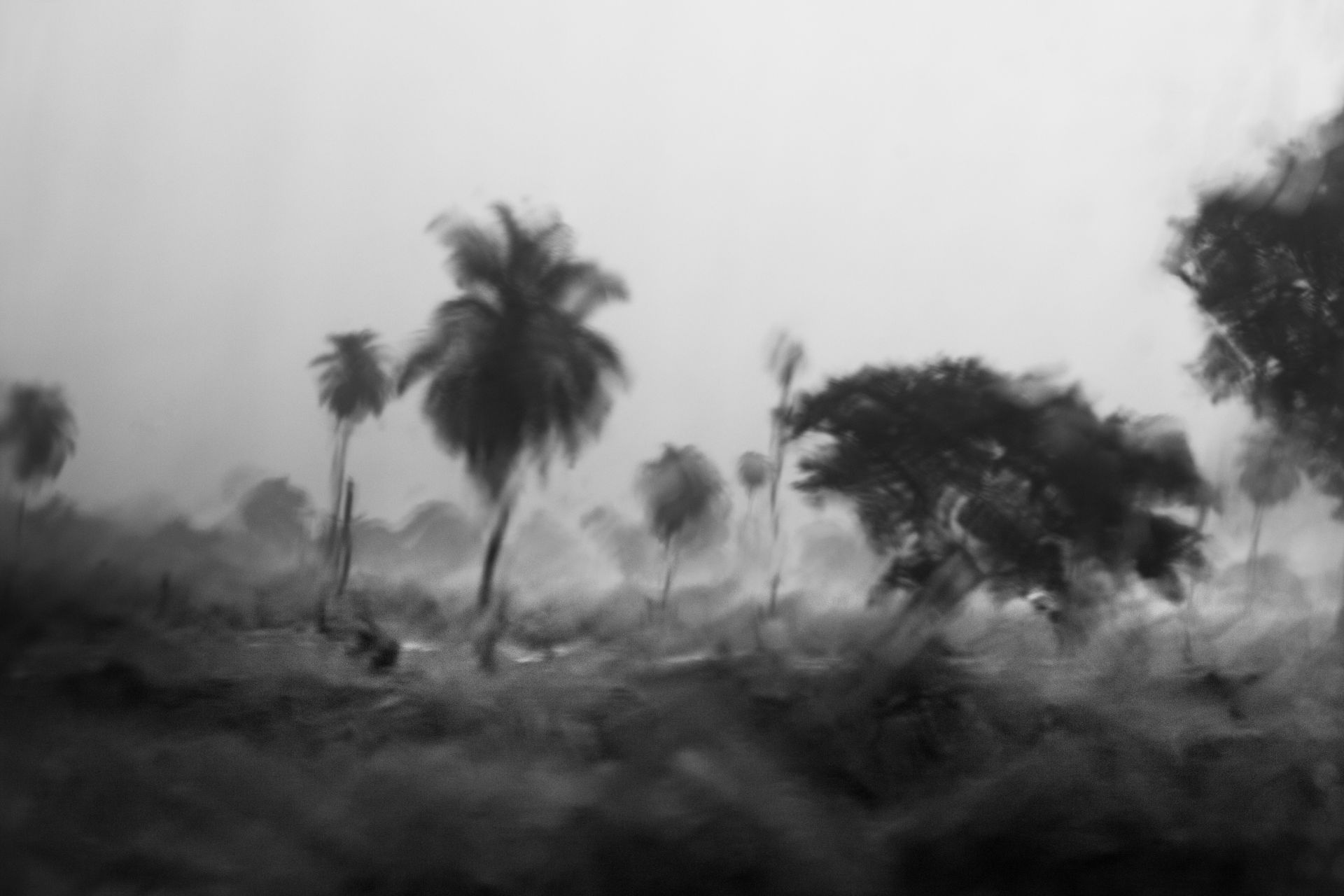Ecosystems of the Pantanal
The Pantanal is one of the largest and most biodiverse wetlands in the world, spanning over 140,000 square kilometers across Brazil, Bolivia, and Paraguay. Located primarily in the Brazilian states of Mato Grosso and Mato Grosso do Sul, the Pantanal is a unique ecosystem that floods seasonally, creating a dynamic landscape of marshes, rivers, and forests. This flooding cycle is essential to the region’s biodiversity, as it provides nutrients to the soil and supports a wide variety of plant and animal species. The Pantanal is home to over 650 bird species, 80 mammal species, 260 fish species, and a wealth of reptiles and insects, including iconic animals like jaguars, capybaras, caimans, and giant river otters. Its wetlands provide a crucial habitat for many migratory birds and endemic species. Despite its ecological importance, the Pantanal faces significant threats, including deforestation, agricultural expansion, and climate change, which disrupt the natural flooding patterns and endanger its delicate ecosystems. Conservation efforts are critical to preserving the Pantanal, as it plays a vital role in maintaining regional water cycles, carbon storage, and biodiversity. Efforts to protect the Pantanal include sustainable land management practices, habitat restoration, and ecotourism initiatives.
Date: 2020
Country: Brazil
Series: Ecosystems of the Pantanal





